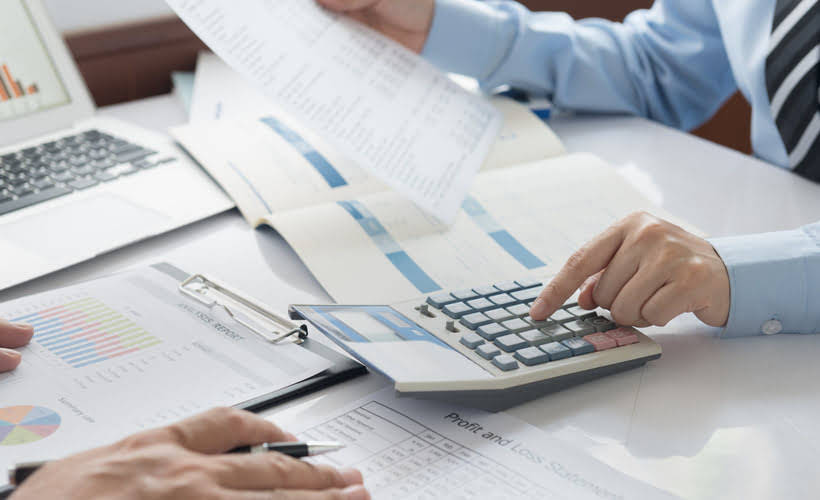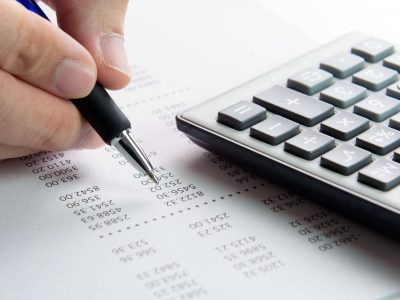
By consistently calculating and monitoring your COGS, you gain valuable insights into your business’s efficiency and profitability. This empowers you to make informed decisions about your pricing strategy, inventory management, and overall financial health. In the realm of retail, inventory management stands as a cornerstone of success. It’s the art of balancing the delicate dance between having enough stock to meet customer demand and avoiding the pitfalls of overstocking. While seemingly simple, effective inventory management requires a strategic approach that maximizes profits and minimizes costs. Let’s turn those seemingly jumbled numbers into a clear picture of your financial health and unlock the path to success.

You’re our first priority.Every time.
Getting retail software integrated with an accounting is essential for keeping your shelves stocked with the right products at the right time, ensuring smooth and profitable operations. While it’s not traditional number-crunching, it’s key to maintaining a well-run store. As a method of quickly working out your stock, retail accounting is a huge time saver. By no means does it replace a proper balance sheet, but it does allow for a fast method of calculating your inventory. By utilizing the right technology and tools, https://www.bookstime.com/ you can significantly enhance the efficiency and accuracy of your financial management. It’s a good idea for most small businesses to consult a knowledgeable accountant, but it’s especially beneficial for retail stores.
Methods to account for inventory costs

Businesses must get special permission from the IRS to change accounting methods, including cost-flow assumptions and inventory valuation approaches. They don’t want taxpayers trying to game the system by switching constantly. Software has made many aspects of running a retail business more manageable. Some of the most beneficial tools include inventory and retail accounting software.

Basic Understanding of Physical Asset Management
- There’s really no way of knowing which balls were purchased at which price, and so the retailer will take a weighted average and spread the average cost over all the existing inventory.
- They will be able to make a recommendation regarding which costing method is most favorable for your business.
- Since the retail inventory method is just an estimation technique, expect that there will be differences in the physical count and retail method estimations.
- You know you sold 50 dice, so you match the number of items sold to the average cost of 7 cents, which is a total of $3.50 for the cost of goods sold and $1.40 for ending inventory.
- While retail accounting isn’t a separate discipline of accounting, the difference is that there’s a greater focus on inventory, which we’ll explain in this guide.
Do you ever feel like your business finances are a complex puzzle you can’t quite solve? Numbers https://x.com/BooksTimeInc flying around, confusing terms, and the constant pressure to make informed decisions – it’s enough to make any entrepreneur’s head spin. Charlene Rhinehart is a CPA , CFE, chair of an Illinois CPA Society committee, and has a degree in accounting and finance from DePaul University.
- However, the specific method of calculating the value of ending inventory (e.g., FIFO, LIFO) can affect your COGS and, consequently, your reported profits.
- Essentially, retail business owners need to determine the actual cost of purchased inventory.
- “Due to the simplicity of the calculation, it requires far less tracking to perform the calculation.
- The retail method is different from the other costing methods since it values the inventory based on the retail price instead of the cost to acquire them.
- If you use a flat markup rate across all products, then you can calculate your ending inventory cost without counting it.
That helps with organization and provides a holistic view of inventory across all locations, saving time and money. “Due to the simplicity of the calculation, it requires far less tracking to perform the calculation. That means that a company doesn’t need a what is retail accounting sophisticated accounting system to calculate their inventory costs, “ said Abir.